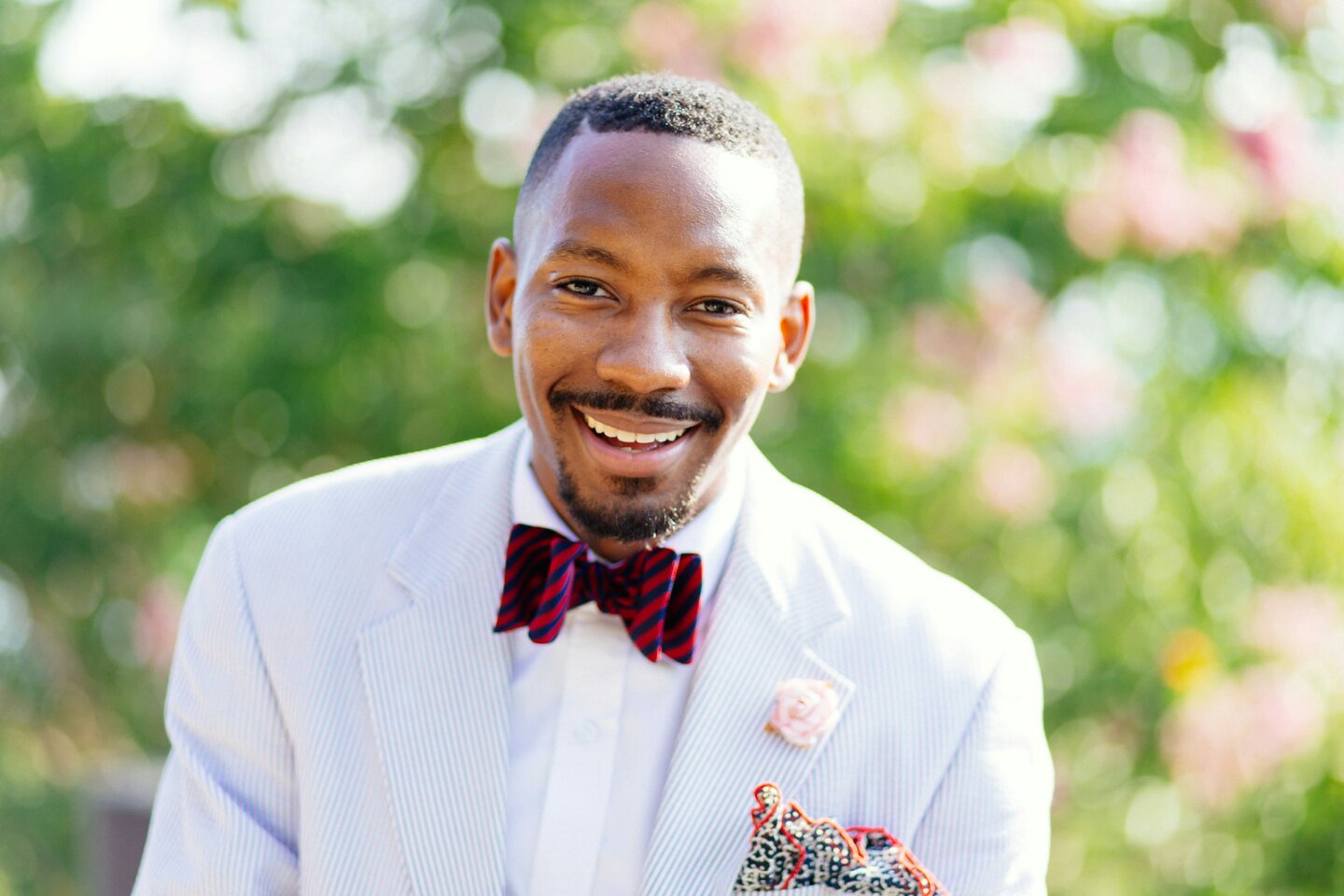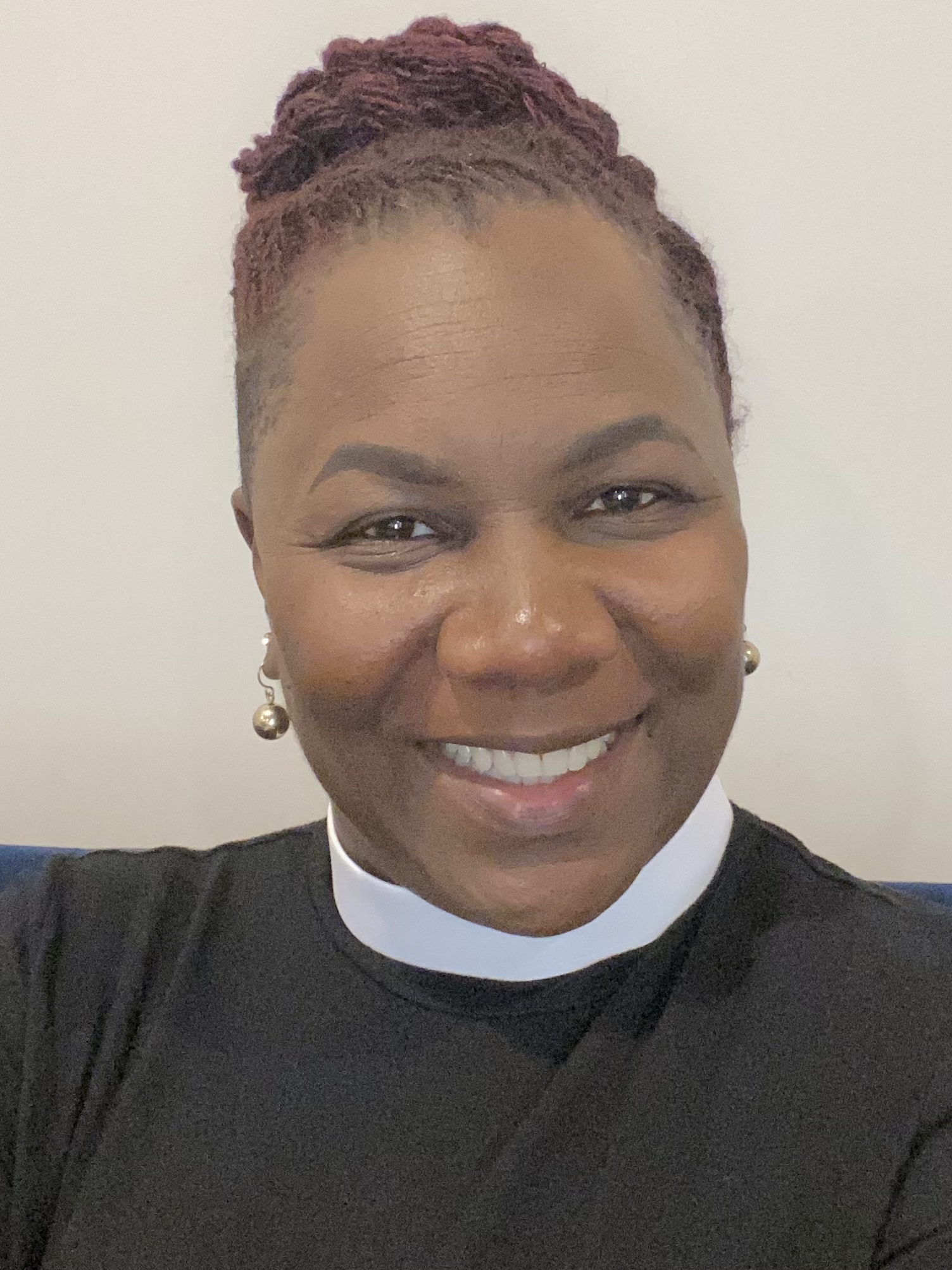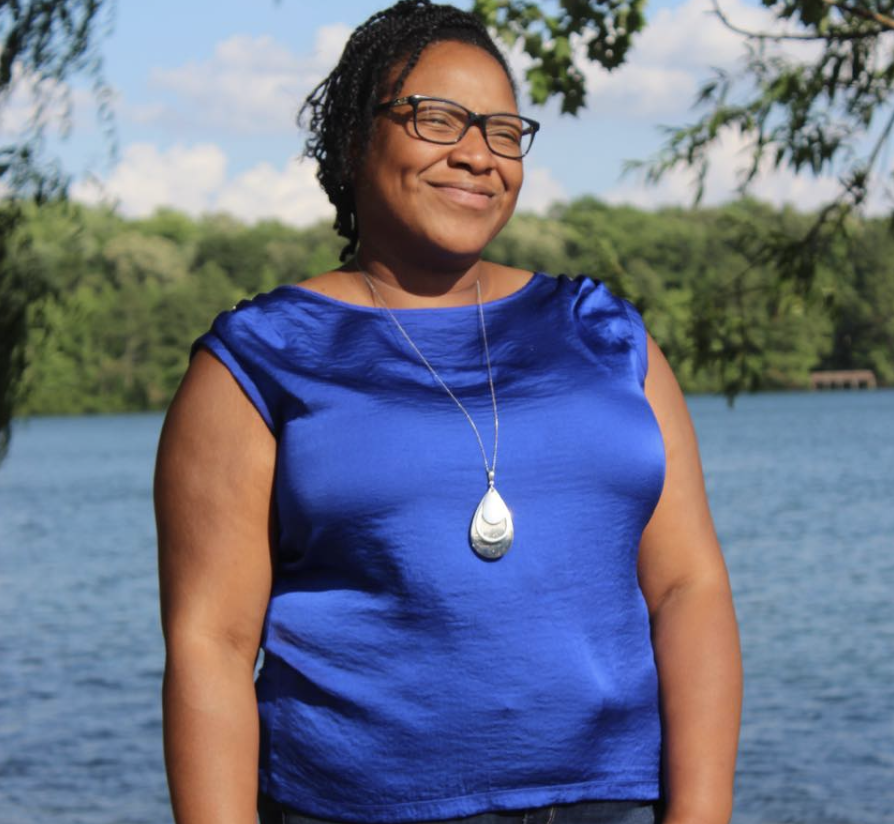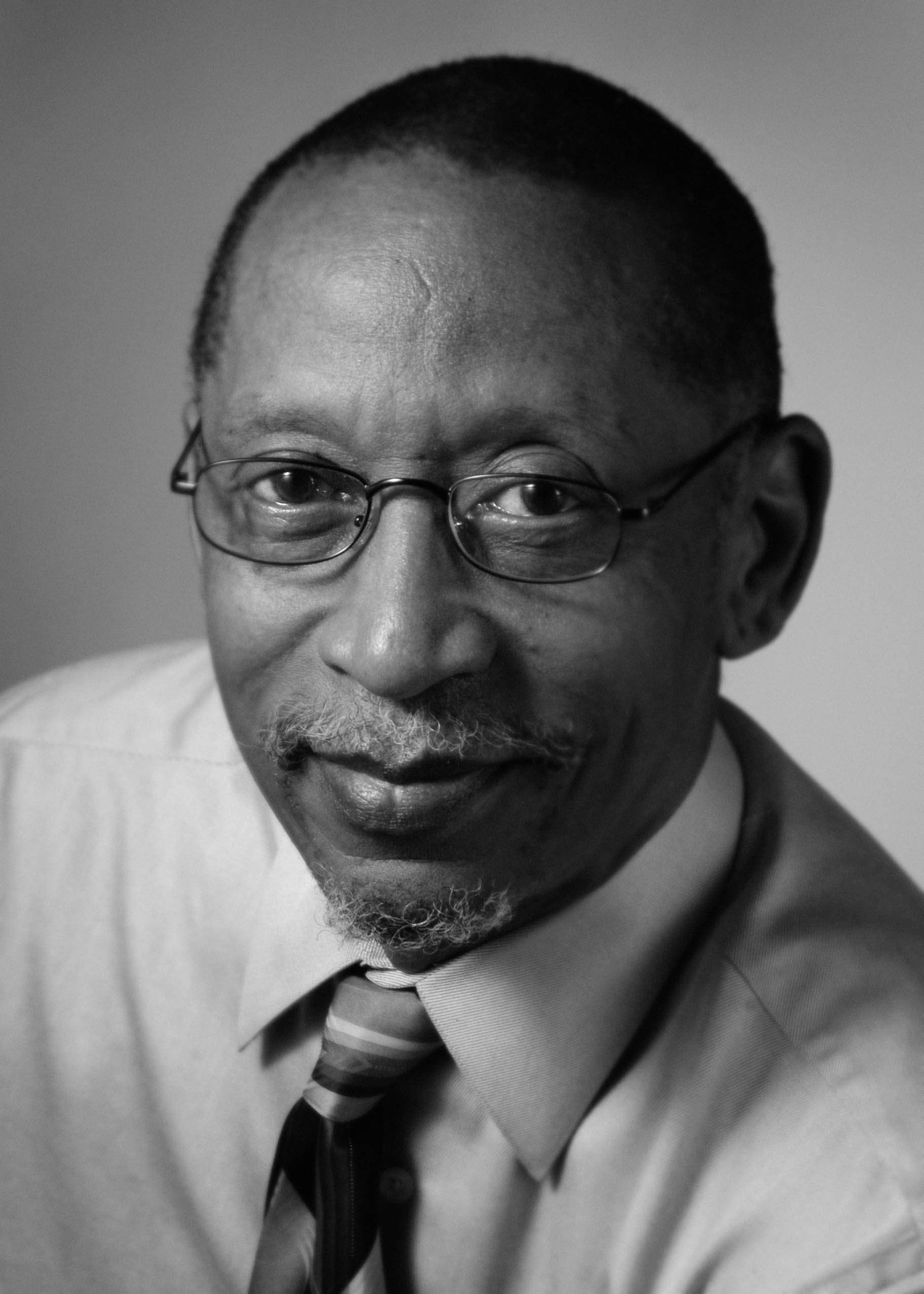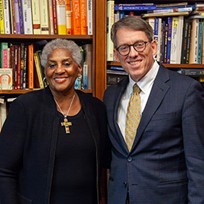By Quardricos Driskell, Columnist
The midterm election season is upon us. What hangs in the backdrop is a fragile economy, inflation, an ongoing public health crisis, and significant legislative accomplishments for President Biden and the 117thCongress. These factors make it unpredictable to determine which political party will lead Congress.
Simultaneously, our country continues to deal with the consequences of the Supreme Court decision in Dobbs v. Jackson Women’s Health Organization. The effects of overturning the 50-year-old precedent in Roe v. Wade have been profound and swift.
And at the heart of this midterm season are a group of voters the media pays little attention to – religious voters. Instead, there seems to be a never-ending drumbeat of stories declaring the end of American religion. The story of faith in America is more complicated than any headline could ever capture. And despite declining rates of religious belief and church attendance, the U.S. remains statistically the most religious and perhaps Christian of any advanced democracy in the world.
Even on January 6, 2021, when a group of insurgents stormed the United States Capitol and entered the Senate chamber, they stopped and bowed their heads in prayer to consecrate the building and their cause to Jesus. And it seems both parties depend on very devout members for their success – Republicans depend on predominantly white evangelical Christians, Democrats depend upon those who are not religious-unaffiliated or ‘Nones,” and nonwhite Democrats, especially Black Democrats, who are among the most churchgoing members of the American society. Furthermore, it is unclear if ‘Nones” shared distaste for the Religious Right is enough to mobilize this group as a voting bloc. Even if they are highly engaged politically, they are internally diverse in their orientations toward religion and politics.
So even though the ‘Nones’ lean liberal, it is unlikely they will be nearly as unified in their partisan behavior as white evangelicals. Religion has become a key factor of division – not what faith one belongs to, but more so, how “religious” one tends to be in their faith– and the reality is regular evangelical churchgoers vote much more than non-churchgoers, at least among whites. Moreover, Trump’s most robust support continues to come from white evangelicals, where some are now embracing Christian Nationalism.
And while abortion dominates as a leading issue this November in states like Kansas, where Archbishop Joseph Naumann of Kansas City publicly supported the passage of the Value Them Both abortion amendment, which would constitutionally outlaw abortion. Still, nearly 30 religious leaders were among the dozens of signatories who published a letter urging Kansans to vote “no” on the abortion amendment. But Kansas voters decided to keep abortion legal, rejecting an amendment to outlaw abortion altogether.
No faith is monolithic on the abortion issue. Yet, many followers of religion may lament that stricter abortion bans could supersede their rights and religious beliefs. While the attention is on abortion, the Supreme Court, on June 21, 2022, ruled that Maine must provide tuition at religious schools in its taxpayer-funded, state-run program to provide students with public education. This decision forces taxpayers to fund religious education, undermining our government’s secular nature and religious institutions’ freedom to engage in ministry without government interference.
Similarly, the Court ruled in Kennedy v. Bremerton School District that the school district violated a coach’s free exercise and free speech rights as he prayed after each football game, in the center of the field, and his players joined in prayer after those football games. This decision fundamentally undermines religious freedom in public schools by holding that school officials must accommodate a public-school teacher’s religious exercise at a school event. The decision flies in the face of decades of decisions that have allowed students and teachers to enjoy their religious freedom without fear of school-sponsored religious practices. Unfortunately, the current Supreme Court is moving toward a vision of religious liberty that expands free exercise to the point that directly threatens principles of no establishment of religion by Congress.
And while these cases are not as well-known in the American political ether, they emblematize the erosion of religious liberty. They will deeply impact religious freedom in America as we know it. So, with the religious imagery of Christian Nationalism on display on January 6 and the recent Supreme Court decisions, religious freedom and liberty are threatened, and how religion will shape the November election remains to be seen. Still, the religious-power dynamics of the religious left and religious rightare likely to play a role in determining the outcomes of this election.
One thing is clear: Political parties and the media need to pay attention to the nuances of religious affiliation and imagination, how those attachments and ideas overlap with pressing issues of the day like climate change and gun reform, and how different religious voters approach politics, evaluate candidates, and vote.
Quardricos Bernard Driskell is an adjunct professor of legislative politics, where he teaches religion, race, public policy, and politics at the George Washington University Graduate School of Political Management. Follow him on Twitter @q_driskell4.

